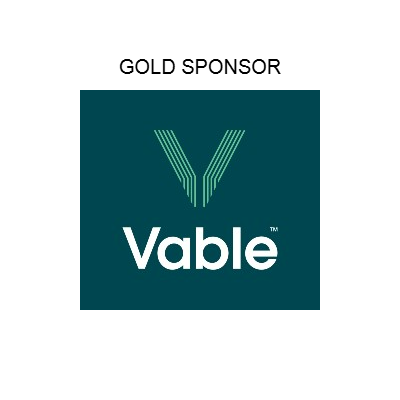Littler Mendelson — Littler CaseSmart (2012)Littler was selected for Littler CaseSmart™. In response to a client challenge, Littler Mendelson developed Littler CaseSmart™, a solution that combines a re‐engineered legal process (deployed in a client‐dedicated, team‐based model) that is built on a technology platform that allows for the strategic management of a high ‐volume of administrative agency charges (such as federal, state, and local charges of discrimination), at a fixed, per‐charge fee. Littler CaseSmart™ provides transparent, privileged, and real‐time online access to the status of the client’s legal matters, as well as a dashboard of key performance indicators, visual graphics, and reports. The Littler CaseSmart™ approach completely re‐engineers the way in which matters are handled, maximizing the use of technology to anticipate attorney needs as they conduct research, prepare responsive documentation and perform legal and risk analysis in order to enhance efficiency while maintaining firm profitability. 1. What goal were you trying to achieve? Why was it important? Littler CaseSmart was originally developed as a response to the request of a major client, submitted to all of its outside counsel, for proposals that would significantly reduce the client’s annual legal spend. Rather than perceiving the client’s request as a challenge, Littler viewed this as an opportunity to actually expand the volume of work it was performing for the client – if the work could be performed at a fixed fee that met the client’s cost-reduction requirement and could be managed efficiently in order to ensure the firm’s profitability on the work. However, Littler CaseSmart was also seen as something greater than simply a response to a specific client’s needs; Littler envisioned the development of Littler CaseSmart as an opportunity to respond more broadly to the demands many clients were making for reduced cost, enhanced quality and greater efficiency. Littler considered the Littler CaseSmart project as a first step in its efforts to re-engineer the way in which the firm delivered legal services to its clients. 2. How did you gather the internal support, resources and personnel to make it happen? Was there resistance? The project team that developed Littler CaseSmart included, from the very beginning, some of the key corporate executives within the firm, including the firm’s COO, CTO and CKO. Their involvement, as well as the involvement of senior members of the firm’s management helped garner support, and the necessary resources, for the project. However, the factor that helped move the project forward was the fact that this was a project being developed to meet an actual client demand, that would generate revenue and profit; had this project been something that someone had dreamed up – a “wouldn’t it be great if…” type of project – without a well thought out business case, it might not have received the support necessary to bring the project to fruition. 3. What was the most satisfying aspect of making your project a reality? From the start, there were skeptics who thought that this type of legal work could not be standardized and delivered on a fixed-fee basis without a loss of quality. It has been very satisfying to be able to demonstrate that delivering legal services more efficiently does not mean that revenue, profitability or quality will suffer. The “New Normal” does not equal the end of the world. 4. How have you measured the success of your innovation over time? Performance metrics are built into the Littler CaseSmart system. The firm is able to constantly monitor key performance indicators with regard to the services being delivered and the financial viability of the work. 5. How have your lawyers, staff and clients responded to this innovative accomplishment? Since the success of Littler CaseSmart for administrative charges, both in terms of client satisfaction as well as the recognition the firm has received, more and more attorneys and firm practice groups have asked the project team to replicate the Littler CaseSmart approach to other areas of law and types of engagement. 6. What has been the reaction from your competitors, or from the local legal community and media? Littler CaseSmart has attained quite a bit of recognition for the firm and the individuals involved. There have been a number of articles and press opportunities for the firm because of this project and, in addition to the 2012 Innovaction Award, Littler CaseSmart was awarded the International Legal Technology Association’s 2011 Project of the Year award. More Recently, Littler CaseSmart was critical in helping Littler Mendelson earn a “Standout” rating on the Financial Times’ 2012 list of Innovative U.S. Law Firms. 7. What advice do you have for others who might wish to make something new happen in their law practice or firm? Make sure that you are developing a strong business case and overall vision for the project – think big! But start small, in measurable increments, so that you can build support by achieving success at defined milestones. Also, make sure to think through all of the resources your project will require; the broader Littler CaseSmart project team included over 60 individuals from virtually every corporate department in the firm and, of course, a number of critical subject matter experts. ________________________________________________________ |














